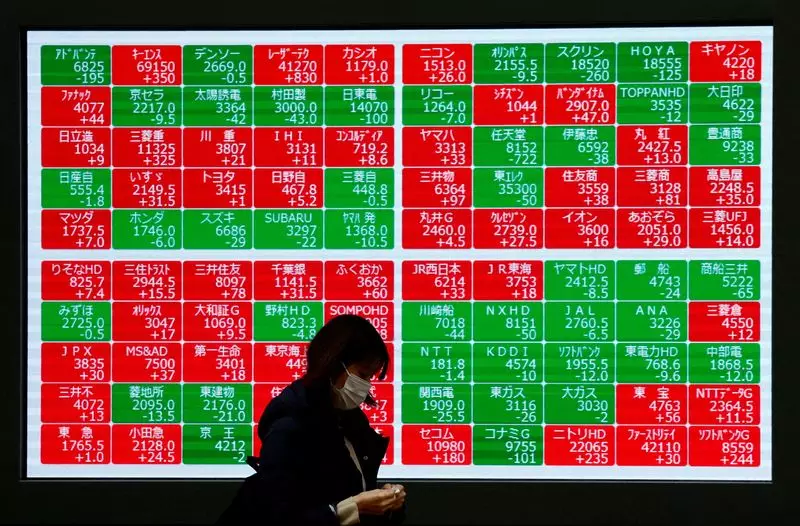The trading week started on a grim note in Asia as traders scaled back expectations for Federal Reserve rate cuts. The tightening labor market in the United States played a significant role in this shift in sentiment. The MSCI’s broadest index of Asia-Pacific shares outside Japan slumped by 0.46%, signaling investor concerns. The nonfarm payrolls report from Friday showed a higher number of jobs created in May than expected, along with accelerated wage growth, reflecting the resilience of the labor market. As a result, the probability of multiple rate cuts by the Fed has decreased, with only about 36 basis points currently priced in for the year.
Political Concerns in Europe Impact Financial Markets
In Europe, the situation was not any better as the decision for a snap election in France by President Emmanuel Macron led to widespread political concerns. Macron’s move was in response to losing in the European Union vote to Marine Le Pen’s far-right party. This decision could potentially impact the future political landscape of Europe, causing uncertainty among investors. The euro fell to a one-month low following the announcement, standing at 0.25% lower against the dollar. The EUROSTOXX 50 futures and FTSE futures also experienced losses, along with a decrease in French bond futures. The bearish sentiment surrounding the euro is expected to persist in the short term.
Market Response to Political and Economic Developments
The implications of these events were reflected in the financial markets with U.S. Treasury yields rising, indicating higher rate expectations. The yen weakened against the dollar, while the dollar index strengthened. The Nikkei in Japan took advantage of the weakening yen and saw a 0.42% rise. The Bank of Japan’s upcoming monetary policy meeting could provide further guidance on its bond purchasing strategies. In the commodity markets, oil prices rebounded after a slight dip earlier in the session, influenced by a stronger dollar. Brent crude futures and U.S. West Texas Intermediate crude futures both saw incremental gains, with spot gold also on the rise.
The current market volatility in both Asia and Europe demonstrates the interconnectedness of global financial markets. Political developments in France and economic data from the United States have prompted shifts in investor sentiment, leading to fluctuations in stocks, currencies, and commodities. As traders continue to monitor central bank policies and geopolitical events, market participants must remain vigilant and adapt to the evolving landscape to navigate through these uncertain times.

